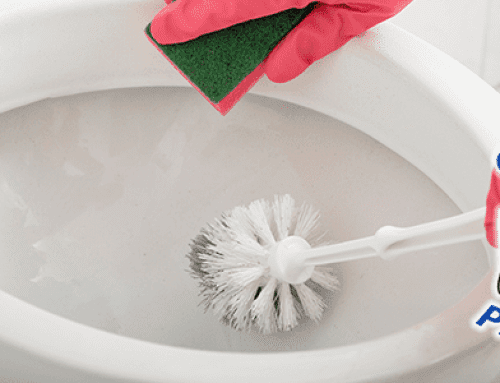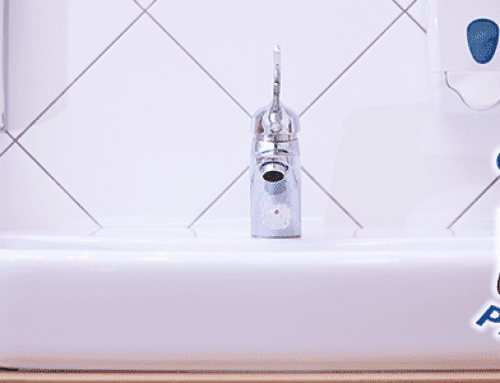It can happen when you least expect it. You go to empty your dishwasher only to find that there is a puddle of water in the bottom of the unit. Standing water could be caused by a number of different issues. If your dishwasher is not draining, read on to learn what to do.
Incomplete Cycle
If your dishwasher was inadvertently shut off before the full cycle could be completed, then you will likely see standing water in the bottom when you open it next. A simple way to test this is to run it again. If you do not see any standing water at the end of this second cycle, then congratulations, the problem is already fixed! If, however, you do still have standing water, then it is time to get serious about diagnosing this issue.
Garbage Disposal
One important thing to remember is to always run your garbage disposal before starting your dishwasher. This is because the dishwasher drain hose empties into the disposal drain. So if there are any large food particles in the disposal or if a clog has formed in the drain, then it can prevent your dishwasher from draining fully. If you accidentally ran your dishwasher without running the disposal first, not to worry. Run the disposal now to clear away any debris that may be lurking there. If that is the issue, your dishwasher should start draining properly again.
Air Gap
If you have a dishwasher but do not have a garbage disposal, then your unit will have been installed with an air gap. An air gap is a small, slotted cylinder, usually made of stainless steel, that can be found in the top of the sink, typically beside the base of the faucet. A small hose runs from this air gap into the dishwasher drain hose. It is there to prevent an air lock or vacuum forming in the drain hose. But if the air gap can become clogged with stray dish soap or other sink debris. To clean it, simply twist off the air gap, scrub it with water and a sturdy brush, then replace it and run the dishwasher again.
Manually Drain
If none of the above options have helped, then it is time to clear the standing water from the machine by hand in order to get a better look at the inside of the machine. Scoop as much water as you can with a cup or bowl. When the water level is too shallow to scoop out, then use absorbent towels to sop up the rest.
Drain Basket
The drain basket is a small mesh sieve that looks like an upside-down basket that is located in the bottom of the machine. You need to remove the cover (consult your owner’s manual on how to do this for your machine), then check for any debris or buildup on the surface. Simple clean the drain basket cover with soap and water then replace and run a new dishwasher cycle. In the future, you can prevent food debris from getting trapped in this basket by pre-rinsing your dishes.
Drain Hose
The drain hose can be found under your kitchen sink. It runs from the unit into the garbage disposal or sink drain line. Check this hose for kinks, as this can prevent the water from fully draining out of the machine. Also check for any clogs that may be present in the drain hose. For this you will need to unplug the dishwasher for safety. Place some towels around the base to soak up any water still trapped in the hose, then disconnect the hose from the pump. To check for clogs, all you need to do is blow through the hose. If air passes through, there is no clog. If air does not pass through, then it is clogged and you will need to remove the clog. Unable to locate the where you can easily remove it? You probably need to replace the entire hose.
Get Professional Help
If none of these checks have solved your dishwasher drainage problems, then it is time to call a plumber. Give us a call at Conyers Plumbing to solve all your dishwasher drainage needs.




